The Ravin du Loup
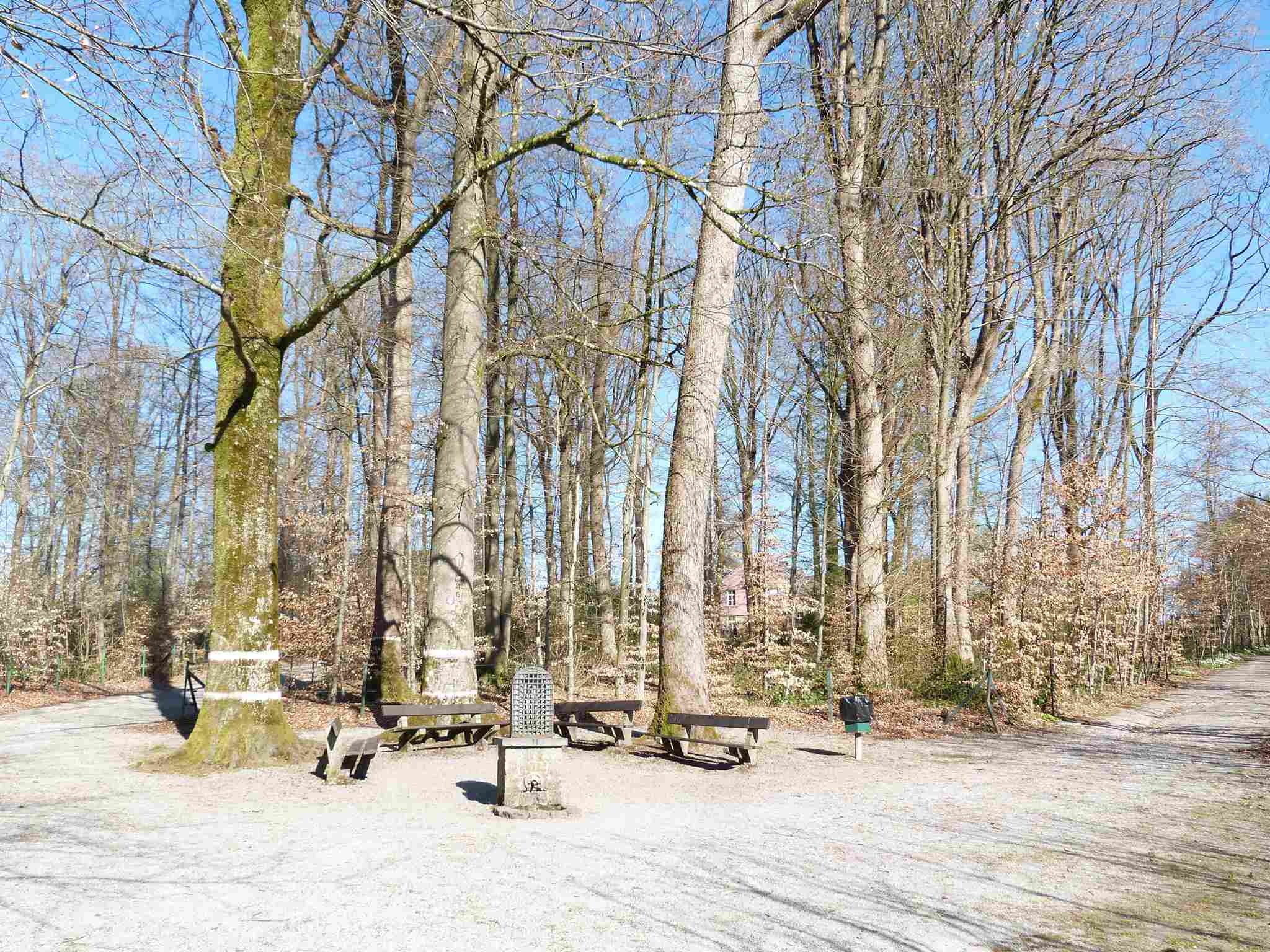
The fontaine saint-méen
The niche of this fountain was built by Henri Brifaut in the 20th century and is dedicated to Saint-Méen.
The water from this spring is sulphurous in nature and is said to cure skin diseases, an affliction that Saint-Méen is reputed to cure. Even today, a procession celebrates it every year on the 3rd Sunday in June.

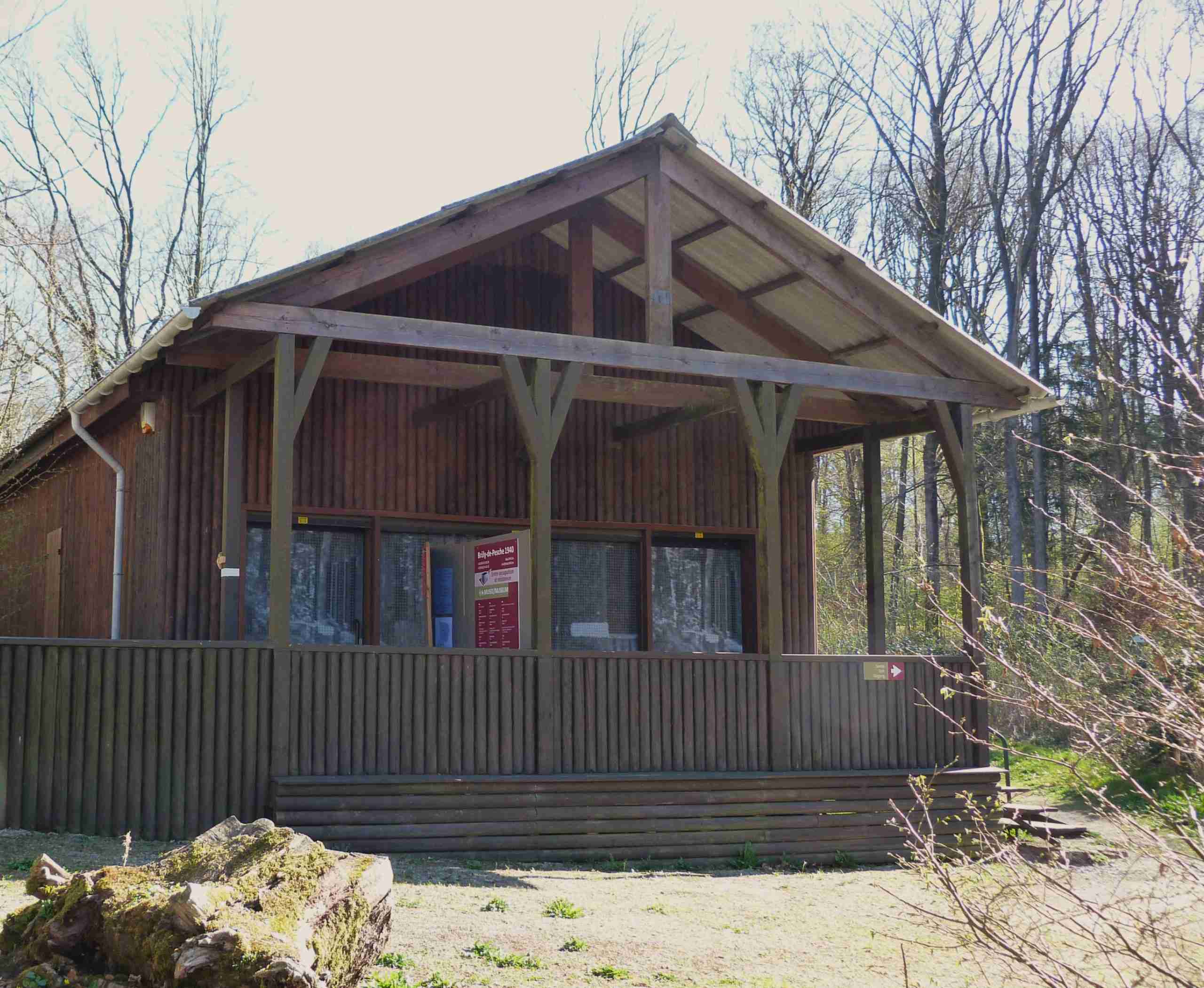
Hitler’s private chalet
This Bavarian-style chalet was reconstructed in 1992, the original buildings having been burnt down in September 1944 when the Allies arrived.
Inside, there was a living room, the Führer’s bedroom, a bathroom and the quarters of Hitler’s valet and his personal aide-de-camp.
Today, you can visit an exhibition dedicated to the period of occupation.

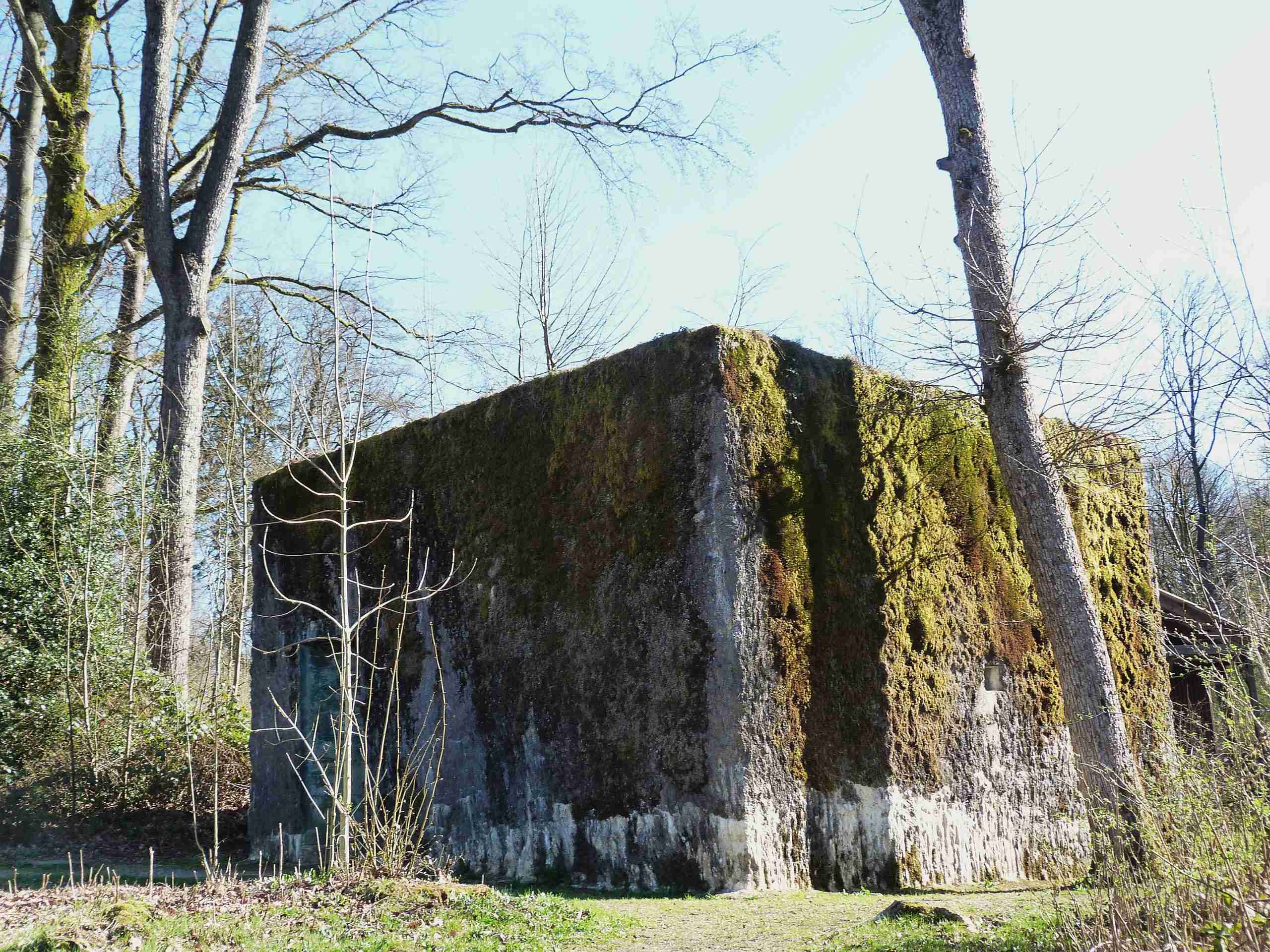
The bunker
600 tonnes of concrete were needed to build this 7 metre square, 2 metre thick cube.
It opens onto a narrow corridor through two armoured doors on either side.
At the time, the walls and terrace were camouflaged by a mixture of wood fibres, moss and cement, blending in with the vegetation.

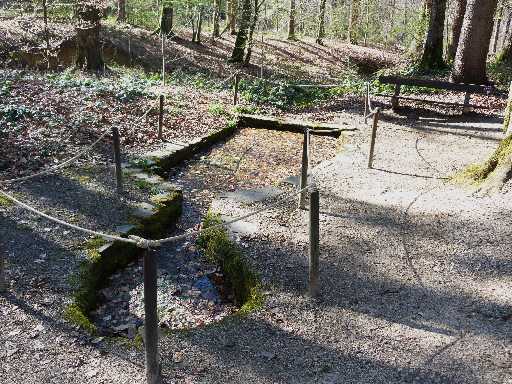
The bath
A small lake designed by the Todt Organisation’s landscape gardeners.
The story goes that in June 1940, Hitler used to sit on a blue stone, very close to the edge of this ‘bath’.

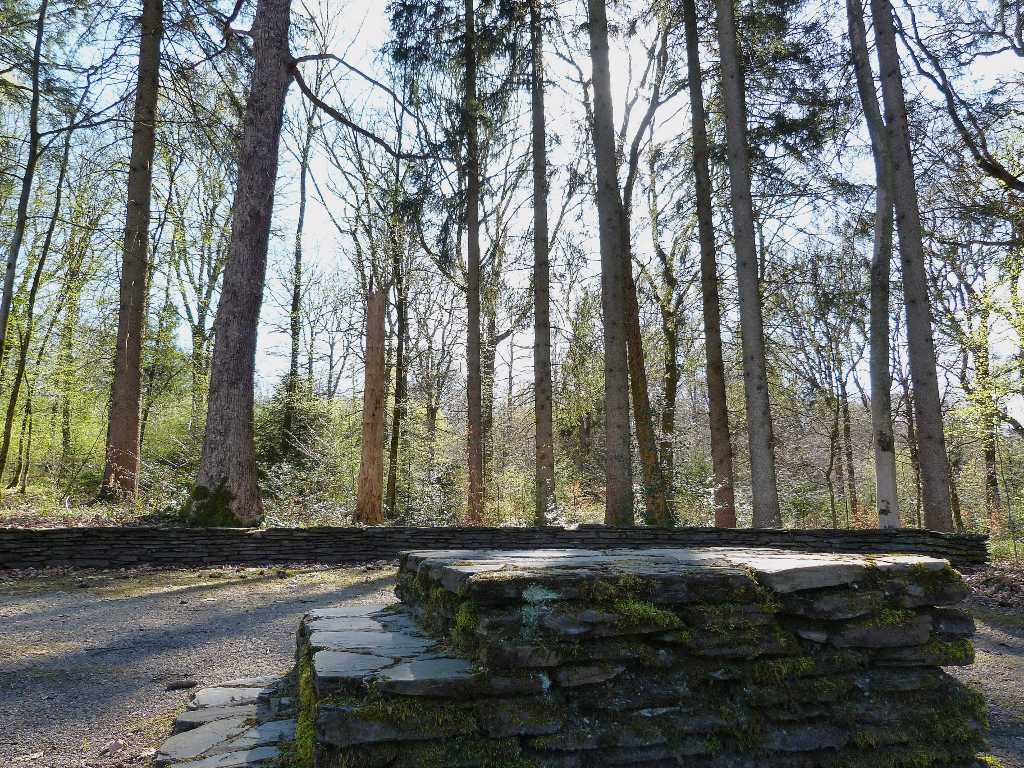
The oratory
At the time, Hitler’s private quarters featured a schist oratory, a rotunda in the shape of an omega, a symbol of permanence in Nazi ideology.

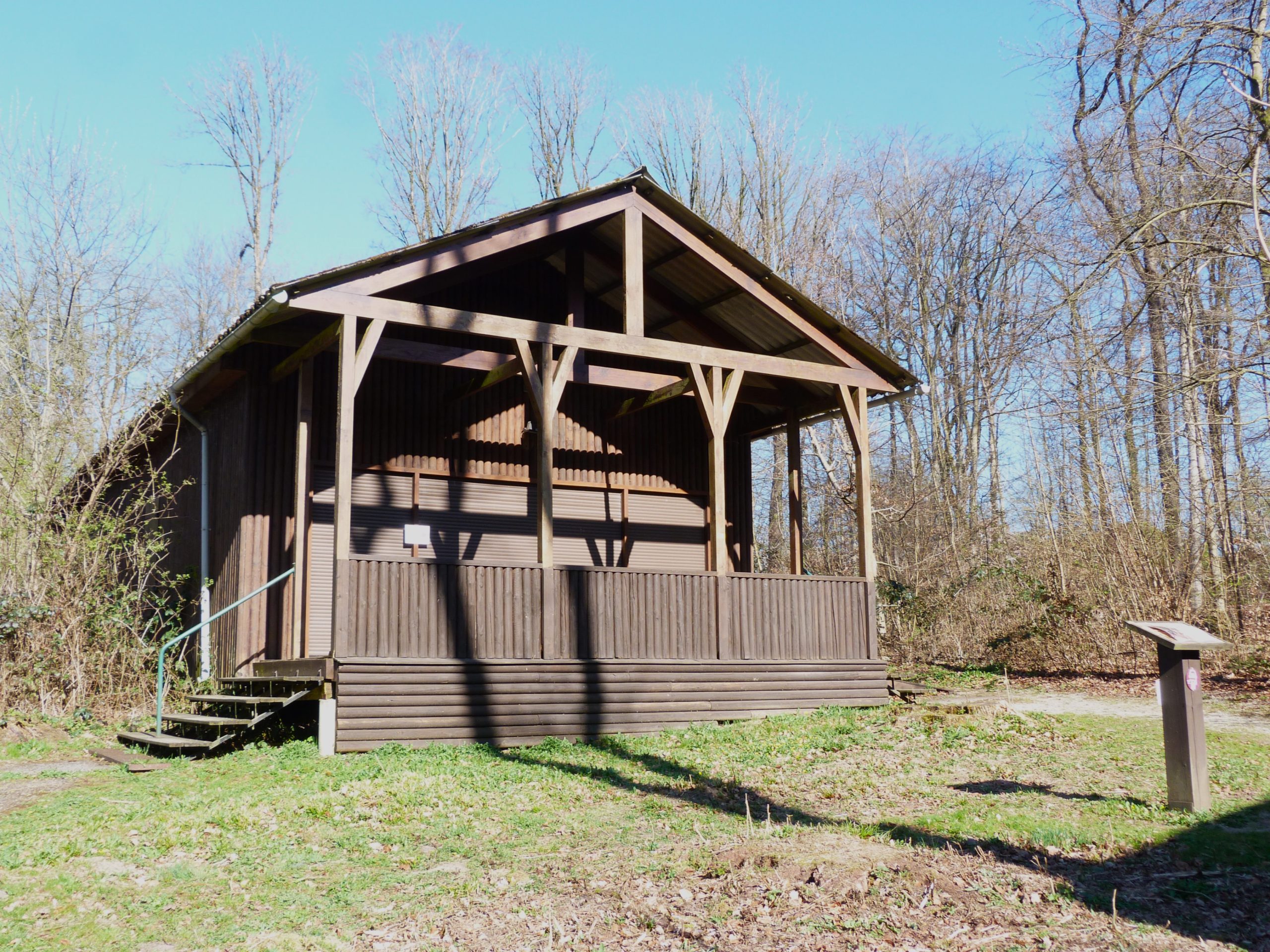
The Kasino
The Mess or refectory, also known as Le Kasino, housed the restaurant frequented by the Führer and his guests over two thirds of its surface area. These privileged guests, chosen personally by Hitler, included Dr Théodor Morel, Hitler’s personal doctor; Rudolf Hess, head of the party chancellery and the Führer’s deputy; and Albert Speer, his architect and future Reich Minister for Armaments and War Production.
Today, this chalet has been converted into a museum space, where you can learn about the German occupation and the Resistance. In the centre, an illuminated block displays the photos, names and functions of the known members of the Hotton group.

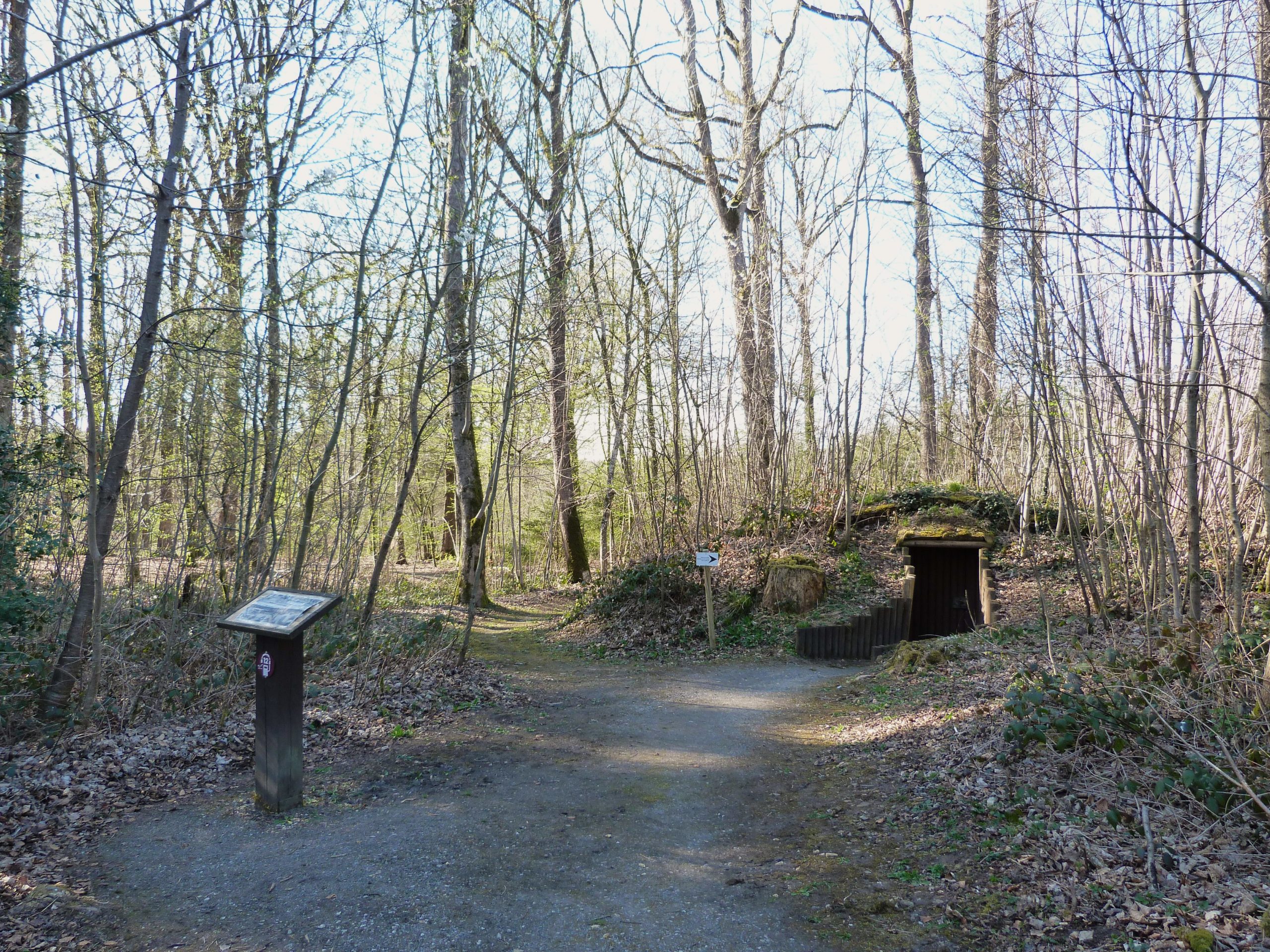
Also to be discovered:
the “cagna”
This is a reconstruction of a Maquis shelter. Half-buried, this structure was generally hidden under a thick carpet of earth and vegetation. This enabled around thirty resistance fighters to hide from the German air force. They could also rest, eat, organise meetings or sabotage missions.
Its presence reminds us that, from 6 July to 3 September 1944, a group of 80 maquisards from Group D of the Hotton Service were present in Thiérache, a few kilometres from Hitler’s former Grand Quartier Général.
Would you like to plan your visit?
Phone
+32(0)60/37.80.38
info@bdp1940.be
Consult our general terms and conditions of sale here

